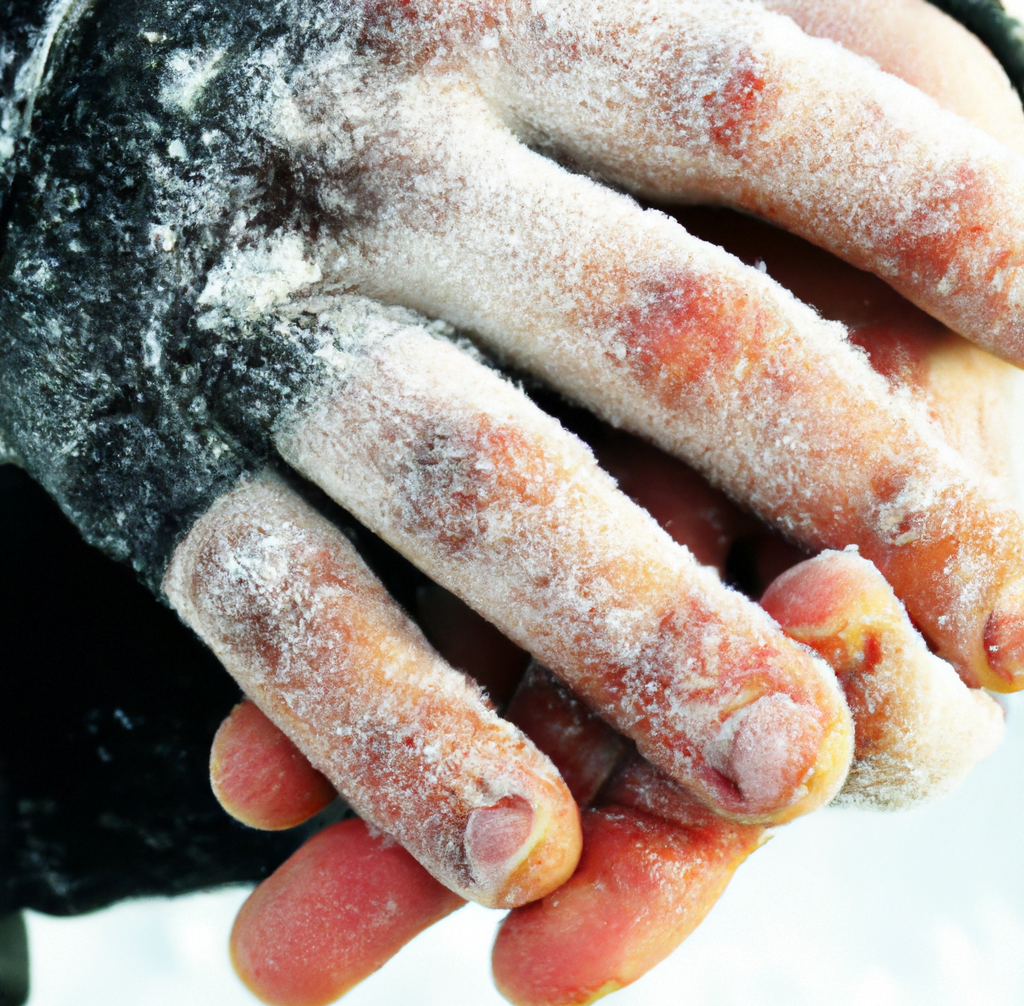Calgary has very lovely weather in spring, summer, and even fall, but the winter can be very challenging, especially the very low wind chill temperatures that may cause frostbite.
Frostbite is a condition that can occur when your skin and underlying tissue freeze. It most often affects your extremities, such as your fingers, toes, nose, and ears.
A wind chill of -35°C or colder can cause frostbite in 30 minutes or less.
Frostbite can also occur on exposed skin, such as your cheeks when the temperature is -15°C or colder.
What are the symptoms of frostbite?
The first symptom of frostbite is often a tingling or prickling sensation. This may be followed by numbness.
As frostbite progresses, your skin may turn red or pale. In severe cases, your skin may turn blue or gray. You may also experience pain as the frostbite deepens.
What are the risk factors for frostbite?
The risk factors for frostbite include:
– Exposure to cold weather: Frostbite most often occurs in cold weather. The risk is increased in windy or wet conditions.
– Poor circulation: Conditions that cause poor circulation, such as diabetes, increase your risk of frostbite.
– Wearing wet clothing: Wet clothing can increase your risk of frostbite.
– Exposure to chemicals: Exposure to chemicals, such as gasoline, can increase your risk of frostbite.
– Previous injury: A previous injury, such as frostbite, increases your risk of re-injury.
What are the complications of frostbite?
If frostbite is not treated, it can lead to serious complications, such as:
– Nerve damage
– Tissue death
– Infection
– Amputation
How is frostbite treated?
Frostbite is treated by slowly warming the affected area. This process is called rewarming.
Rewarming is best done in a hospital setting. This is because rewarming can cause additional tissue damage.
How can frostbite be prevented?
The best way to prevent frostbite is to dress warmly and limit your time outdoors in cold weather. If you must be outdoors in cold weather, take frequent breaks to warm up.






